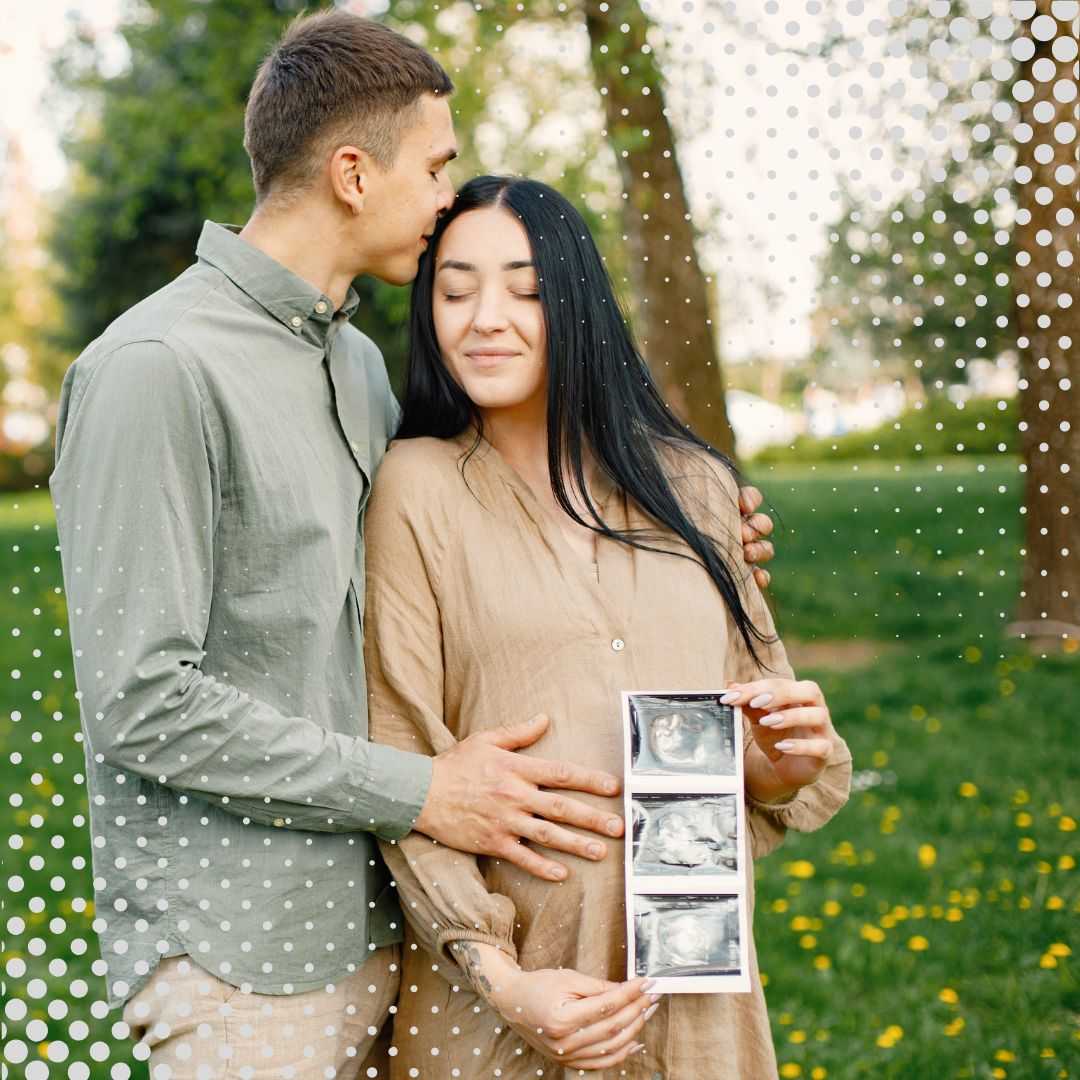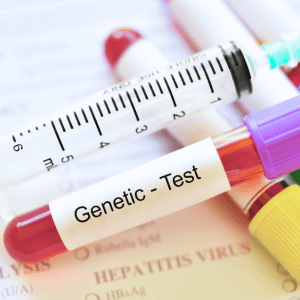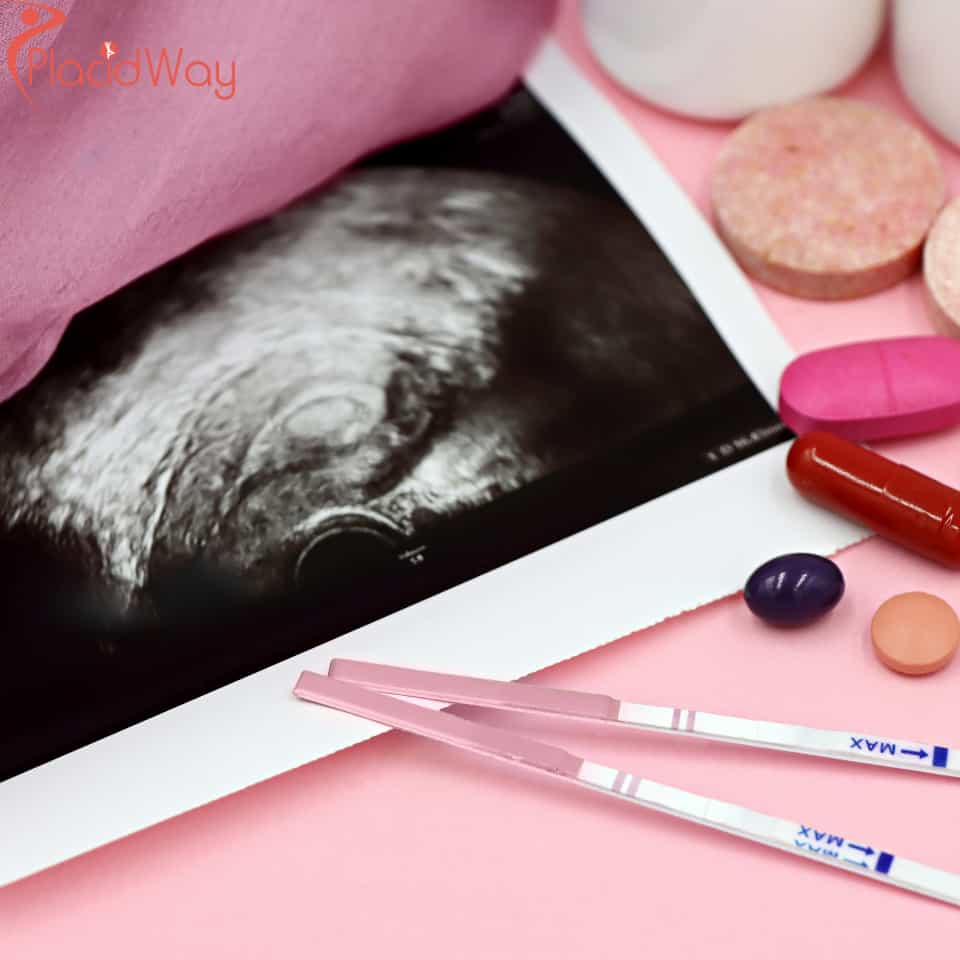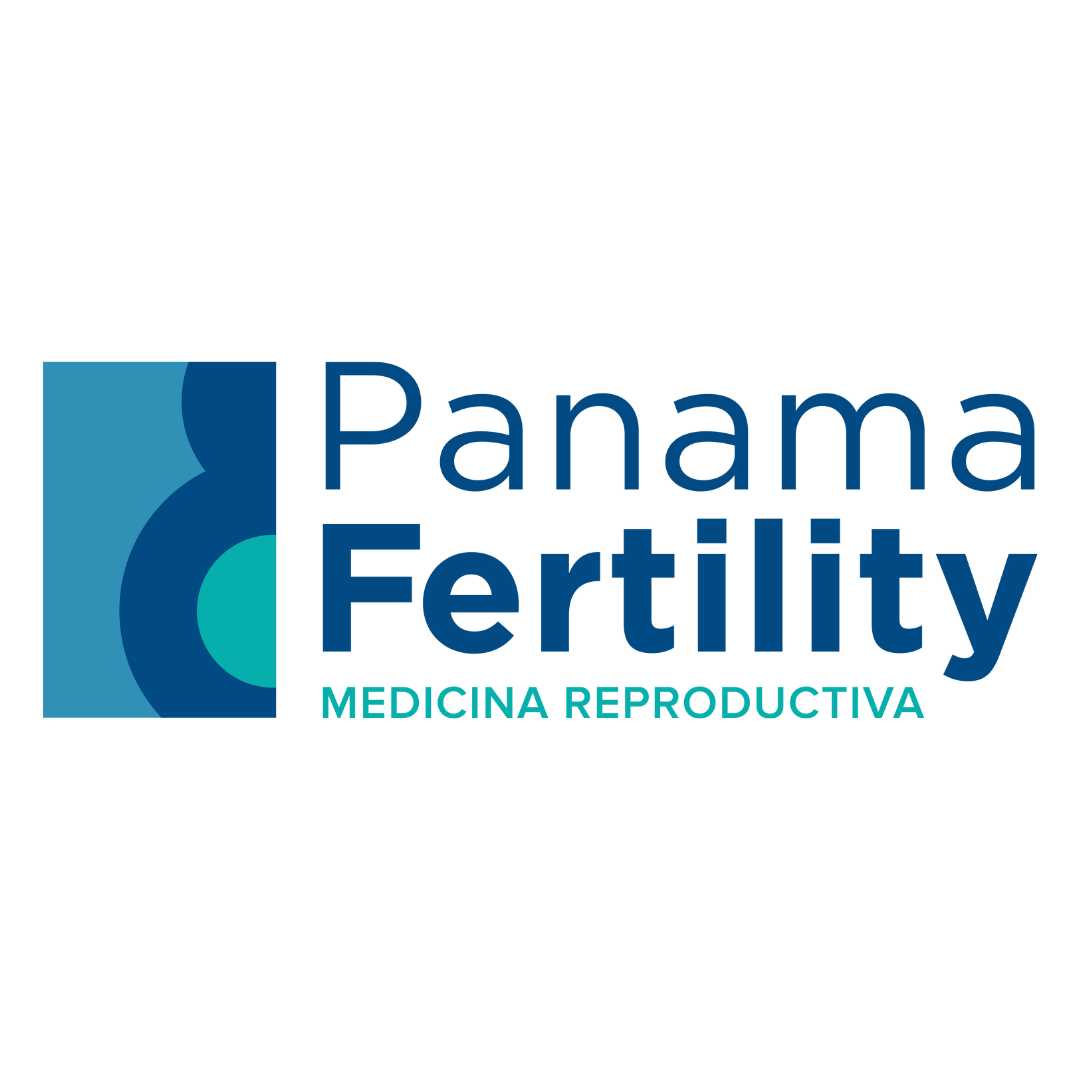Family Balancing in Colombia: A Legal & Affordable Guide
Have you ever wondered if it's possible to choose the gender of your baby? For many expecting parents, the dream of balancing their family with a boy or a girl is a deeply personal one. If you've been exploring your options, you might have come across Colombia as a potential destination for this journey. But that likely leaves you with a crucial question: Is gender selection legal in Colombia? The straightforward answer is yes. Colombia has become a sought-after location for family balancing because its laws are permissive regarding gender selection for non-medical reasons. This means that if you already have a son and wish for a daughter, or vice-versa, Colombian fertility clinics can legally help you achieve that dream. This welcoming legal landscape, combined with advanced medical technology and experienced professionals, makes Colombia an attractive option for couples and individuals worldwide. Unlike some countries with restrictive laws, Colombia's legal framework, rooted in the constitutional right to form a family, allows for the use of Pre-implantation Genetic Diagnosis (PGD) to determine the sex of an embryo before it's implanted. This guide will walk you through everything you need to know about gender selection in Colombia, from the legal and ethical considerations to the medical procedures involved, costs, and what you can expect during your journey. We'll answer the most pressing questions people have on this topic, providing clear and concise information to help you make an informed decision.
What is Gender Selection?
Gender selection, also known as sex selection, is a process within assisted reproductive technology (ART) that enables parents to determine the sex of their offspring. This is achieved by identifying the sex chromosomes (XX for female and XY for male) in embryos created through In-Vitro Fertilization (IVF). There are two primary motivations for gender selection: Medical Reasons: This is a critical application for couples who are carriers of sex-linked genetic disorders. These are diseases that are passed down from parent to child through one of the sex chromosomes. For example, Duchenne muscular dystrophy and hemophilia are X-linked disorders that primarily affect males. By selecting female embryos, parents can prevent passing on these serious conditions to their children. Non-Medical Reasons (Family Balancing): This is the more common reason for elective gender selection. Couples may already have one or more children of one gender and wish to have a child of the opposite gender to "balance" their family. This is a personal choice and is the primary driver for a significant portion of the demand for gender selection services. The most common and reliable method used for gender selection is Pre-implantation Genetic Diagnosis (PGD), which is performed on embryos before they are transferred to the uterus.
Is Gender Selection for Family Balancing Legal in Colombia?
One of the most significant advantages of seeking fertility treatment in Colombia is its favorable legal environment for gender selection. Unlike many other countries that have strict regulations or outright bans on non-medical gender selection, Colombia allows it for family balancing purposes. The legality of gender selection in Colombia stems from the country's constitution, which protects the right to form a family and access to reproductive health services. While there isn't a specific law that explicitly says, "gender selection for family balancing is legal," the absence of any prohibitive legislation means that fertility clinics can offer this service within the existing regulatory framework for assisted reproductive technologies. This permissive stance has made Colombia a popular destination for international patients seeking to choose the gender of their child for personal reasons. It provides a legal and safe environment for individuals and couples to pursue their family-building goals.
How is Gender Selection Performed in Colombia?
The technology behind gender selection is a sophisticated scientific process. Here's a step-by-step breakdown of how it works in a typical Colombian fertility clinic: In-Vitro Fertilization (IVF): The first step is to create embryos outside the body. The woman undergoes ovarian stimulation with medication to produce multiple eggs. These eggs are then retrieved in a minor surgical procedure and fertilized with sperm in a laboratory to create embryos. Embryo Biopsy: After the embryos have grown for a few days and reached the blastocyst stage (a developmental stage with a higher chance of implantation), a small number of cells are carefully removed from each embryo. This procedure is called an embryo biopsy and is performed by a highly skilled embryologist. Pre-implantation Genetic Diagnosis (PGD): The biopsied cells are then sent for genetic analysis. PGD is a powerful technique that can screen embryos for chromosomal abnormalities and also determine their sex by identifying the presence of XX (female) or XY (male) chromosomes. Embryo Selection and Transfer: Based on the results of the PGD testing, healthy embryos of the desired gender are selected. One or two of these selected embryos are then transferred into the woman's uterus with the hope of achieving a successful pregnancy. This process ensures a very high accuracy rate for gender selection, close to 100%.
What is the Colombian Law on Assisted Reproductive Technology?
While Colombia doesn't have a single, all-encompassing law that governs every aspect of assisted reproductive technology (ART), the practice is well-regulated and legally protected. The legal framework is built upon several key pillars: Constitutional Rights: The Colombian Constitution grants individuals the right to form a family and the right to make decisions about their own bodies and reproductive health. These fundamental rights provide the legal basis for the availability of ART services. Ministry of Health Oversight: The Colombian Ministry of Health and Social Protection is the primary regulatory body for healthcare services, including fertility clinics. Clinics must adhere to the standards and guidelines set by the Ministry to ensure patient safety and quality of care. Medical Ethics and Best Practices: Fertility clinics in Colombia are expected to follow internationally recognized ethical guidelines and best practices for assisted reproduction. This includes obtaining informed consent from patients, ensuring the well-being of all parties involved, and maintaining high standards of medical care. The absence of a restrictive legal framework on specific procedures like gender selection means that as long as the treatment is performed safely and ethically by a licensed clinic, it is considered legal.
Are there any Specific Medical Conditions for which Gender Selection is Permitted in Colombia?
While elective gender selection for family balancing is permitted, the primary and universally accepted reason for gender selection is medical. In Colombia, as in most parts of the world, PGD for gender selection is strongly indicated when there is a risk of passing on a serious genetic disorder that is linked to a specific sex. Some examples of X-linked diseases where gender selection is medically recommended include: Duchenne Muscular Dystrophy: A severe type of muscular dystrophy that primarily affects boys. Hemophilia: A group of hereditary genetic disorders that impair the body's ability to control blood clotting. Fragile X Syndrome: A genetic condition that causes a range of developmental problems including learning disabilities and cognitive impairment. In these cases, selecting female embryos can prevent the birth of a child affected by these life-altering conditions. This medical application of gender selection is not only legal but is considered a significant advancement in preventive medicine.
What are the Ethical Debates Surrounding Gender Selection in Colombia?
The legality of gender selection in Colombia does not mean the practice is without ethical discussion. These debates are similar to those held globally and often center on the following points: Designer Babies": A common concern is that allowing gender selection for non-medical reasons could be a slippery slope towards selecting other genetic traits, leading to the concept of "designer babies." Critics argue that this could commodify human life and lead to a society that values certain traits over others. Gender Imbalance: There are fears that widespread gender selection could lead to a skewed sex ratio in the population, with a preference for one gender over the other. However, in the context of family balancing, the goal is typically to have a child of the underrepresented gender in a family, which may not necessarily lead to a societal imbalance. Moral and Religious Objections: Some individuals and religious groups have moral objections to any form of interference with the natural process of conception and reproduction. They may view gender selection as "playing God." The Status of the Embryo: The process of PGD involves the creation and sometimes the discarding of embryos that are not selected for transfer. This raises ethical questions about the moral status of an embryo and whether it is permissible to discard them. It's important to note that Colombian fertility clinics that offer gender selection are aware of these ethical considerations and typically have robust counseling and informed consent processes in place to ensure that patients are making well-considered decisions.
What is the Stance of Colombian Medical Associations on Gender Selection?
The medical community in Colombia, like in many other parts of the world, approaches the topic of gender selection with a combination of scientific advancement and ethical consideration. Generally, the stance can be summarized as follows: Support for Medical Applications: There is broad consensus and support within the medical community for the use of PGD for gender selection to prevent serious sex-linked genetic diseases. This is seen as a responsible and ethical use of medical technology. Cautious Approach to Elective Selection: For non-medical gender selection, the attitude is more nuanced. While it is legally permitted, individual doctors and clinics may have their own internal policies and ethical guidelines. Reputable clinics will typically engage in thorough discussions with patients to understand their motivations and ensure that they are making an informed and responsible choice. Emphasis on Patient Autonomy: A key principle in modern medicine is patient autonomy, which is the right of patients to make decisions about their own healthcare. The legal framework in Colombia respects this principle, allowing individuals to make choices about their reproductive journey, including gender selection, as long as it is done within the bounds of safe and ethical medical practice. Patients considering gender selection in Colombia should look for clinics that are transparent about their policies and that provide comprehensive counseling as part of the process.
What is the Public Opinion on Gender Selection in Colombia?
While specific polls on public opinion about gender selection in Colombia are not readily available, we can infer some general attitudes from the country's cultural and legal landscape: Value of Family: Colombian culture places a high value on family, and the desire to have a balanced family with both sons and daughters is generally understood and respected. Progressive Stance on Reproductive Rights: Colombia has made significant strides in recent years in recognizing and protecting reproductive rights, including access to contraception and assisted reproductive technologies. This suggests a societal inclination towards allowing individuals to make their own choices about family planning. Influence of Religion: Colombia is a predominantly Catholic country, and the Catholic Church has official doctrines that oppose most forms of assisted reproduction. However, the influence of the Church on personal decisions about family planning has been evolving, and many Colombians may hold personal beliefs that differ from official church teachings. Overall, while there may be a diversity of opinions, the legal framework allowing for gender selection suggests that there is not a strong societal consensus against it, particularly for the purpose of family balancing.
Is Gender Selection for Family Balancing Allowed for Foreigners in Colombia?
Colombia's welcoming legal environment for gender selection extends to international patients. Fertility clinics in major cities like Bogotá, Medellín, and Cali are well-equipped to cater to the needs of foreign visitors. Here are some of the reasons why Colombia is an attractive option for foreigners seeking gender selection: Legal Accessibility: The fact that it is legal for non-medical reasons is a primary draw for patients from countries where it is banned or heavily restricted. High-Quality Medical Care: Colombia has a reputation for excellent healthcare, with many clinics boasting state-of-the-art technology and highly trained medical professionals who are often fluent in English. Affordability: The cost of IVF and PGD in Colombia is often significantly lower than in countries like the United States, Canada, or many European nations, making it a more accessible option for many people. Tourism and Travel: Patients can combine their medical journey with the opportunity to explore a beautiful and culturally rich country. Reputable clinics that cater to international patients will typically offer services such as assistance with travel arrangements, accommodation, and translation to ensure a smooth and stress-free experience.
What is the Process of PGD for Family Balancing in Colombia?
If you are considering gender selection for family balancing in Colombia, here is a general overview of the process you can expect: Stage Description 1. Initial Consultation You will have an initial consultation with a fertility specialist, either in person or remotely. During this consultation, you will discuss your medical history, your family-building goals, and the details of the gender selection process. 2. Medical Evaluation Both partners will undergo a series of medical tests to assess their fertility and overall health. This may include blood tests, ultrasounds, and semen analysis. 3. IVF Cycle The woman will begin an IVF cycle, which involves taking medication to stimulate her ovaries to produce multiple eggs. The eggs are then retrieved and fertilized in the laboratory with the partner's or a donor's sperm. 4. Embryo Culture and Biopsy The resulting embryos are cultured in the lab for several days until they reach the blastocyst stage. An embryologist will then perform a biopsy on each viable embryo. 5. PGD Testing The biopsied cells are sent for genetic analysis to determine the sex of each embryo and to screen for any chromosomal abnormalities. 6. Embryo Transfer Once the PGD results are available, you will work with your doctor to select a healthy embryo of your desired gender for transfer into the woman's uterus. 7. Pregnancy Test About two weeks after the embryo transfer, a pregnancy test will be performed to determine if the procedure was successful. Export to Sheets The entire process, from the start of the IVF cycle to the pregnancy test, typically takes about 4-6 weeks. The clinic's medical team will guide you through each step of the journey.
What is the Cost of PGD for Gender Selection in Colombia?
One of the significant advantages of pursuing gender selection in Colombia is the cost. While prices can vary, here is a general breakdown of what you might expect to pay: IVF Cycle: The base cost of an IVF cycle in Colombia can range from $4,000 to $7,000 USD. This typically includes the ovarian stimulation, egg retrieval, and embryo transfer. PGD Testing: The cost of PGD testing is in addition to the IVF cycle and can range from $3,000 to $5,000 USD. The exact price will depend on the number of embryos being tested. Medications: The cost of fertility medications can vary depending on the individual's needs but can range from $1,000 to $2,500 USD. Other Expenses: You should also budget for travel, accommodation, and any additional medical services that may be required. It's important to get a detailed quote from the clinic that clearly outlines all the costs involved so that you can plan your budget accordingly. Even with the additional travel expenses, the total cost of gender selection in Colombia is often significantly less than in other countries.
What are the Risks and Success Rates of PGD in Colombia?
Like any medical procedure, PGD is not without its risks and considerations. However, in the hands of experienced professionals, the risks are very low. Risks: Embryo Damage: There is a very small risk that an embryo could be damaged during the biopsy process. However, this is rare in experienced hands. Inconclusive Results: In a small percentage of cases, the PGD test may not yield a conclusive result for a particular embryo. No Suitable Embryos: It is possible that after PGD testing, there may be no chromosomally normal embryos of the desired gender available for transfer. Risks of IVF: The risks associated with the IVF cycle itself, such as ovarian hyperstimulation syndrome (OHSS), are also a consideration, although modern protocols have significantly reduced these risks. Success Rates: The success of a gender selection cycle depends on several factors, including the woman's age, her ovarian reserve, the quality of the embryos, and the expertise of the clinic. However, the use of PGD can actually increase the chances of a successful pregnancy because it ensures that only chromosomally normal embryos are transferred. Success rates for a single IVF with PGD cycle can range from 50% to 70% per embryo transfer in reputable Colombian clinics. It's important to discuss your individual chances of success with your doctor based on your specific circumstances.
Are there any Proposed Laws to Regulate Gender Selection in Colombia?
The legal landscape for assisted reproduction in Colombia is dynamic. There have been various proposals and discussions in the Colombian Congress over the years to create a more detailed and specific law governing all aspects of ART, including surrogacy and genetic testing. The main goals of these proposed regulations are typically to: Provide greater legal certainty for patients and clinics. Establish clear ethical guidelines. Protect the rights of all parties involved, including the child born through these technologies. However, at present, there is no strong legislative push to prohibit gender selection for non-medical reasons. The current system, which relies on constitutional rights and Ministry of Health regulations, is likely to remain in place for the foreseeable future. Patients considering this path should stay informed about any potential legal changes, but as of now, Colombia remains a legally secure option for family balancing.
How to Choose a Clinic for Gender Selection in Colombia?
With a number of fertility clinics in Colombia offering gender selection, it's important to do your research to find the one that is right for you. Here are some key factors to consider: Accreditation and Licensing: Ensure that the clinic is licensed by the Colombian Ministry of Health and has any relevant international accreditations. Experience and Expertise: Look for a clinic with a team of experienced fertility specialists, embryologists, and geneticists who have a proven track record in performing PGD. Technology and Laboratory: The quality of the laboratory is critical to the success of an IVF with PGD cycle. Inquire about the clinic's technology and laboratory standards. Success Rates: Ask the clinic for their success rates for PGD and for patients in your age group. Patient Reviews and Testimonials: Read reviews from previous patients to get an idea of their experiences with the clinic. Communication and Support: Choose a clinic that has excellent communication and provides comprehensive support for international patients, including assistance with language, travel, and accommodation. Transparency in Costs: Make sure you receive a detailed and transparent cost breakdown with no hidden fees. By carefully considering these factors, you can choose a clinic that will provide you with the best possible care and the highest chance of success. Ready to explore your options for gender selection in Colombia? Explore PlacidWay for solutions related to medical tourism and healthcare services. Our network of accredited fertility clinics in Colombia can provide you with the expert care and support you need to build the family of your dreams.



.png)
.png)




.png)







Share this listing